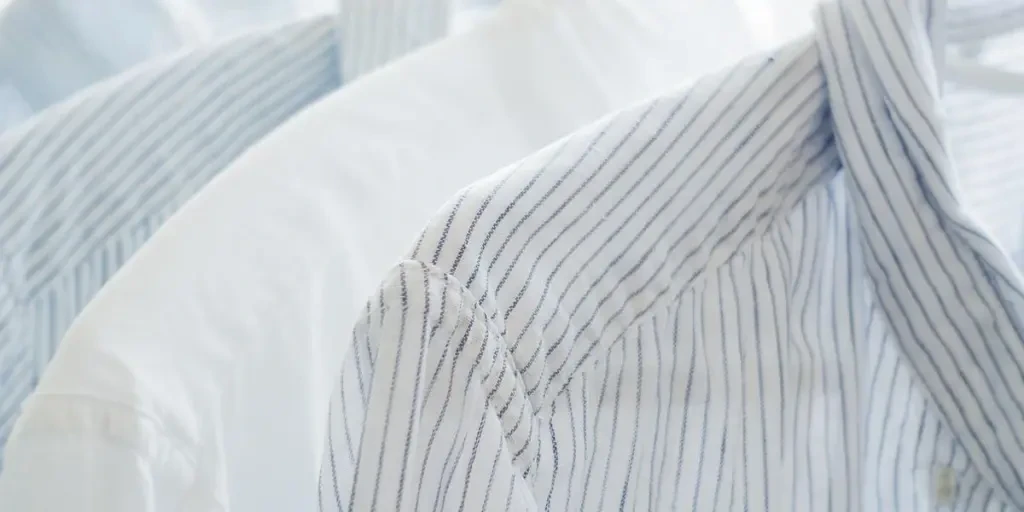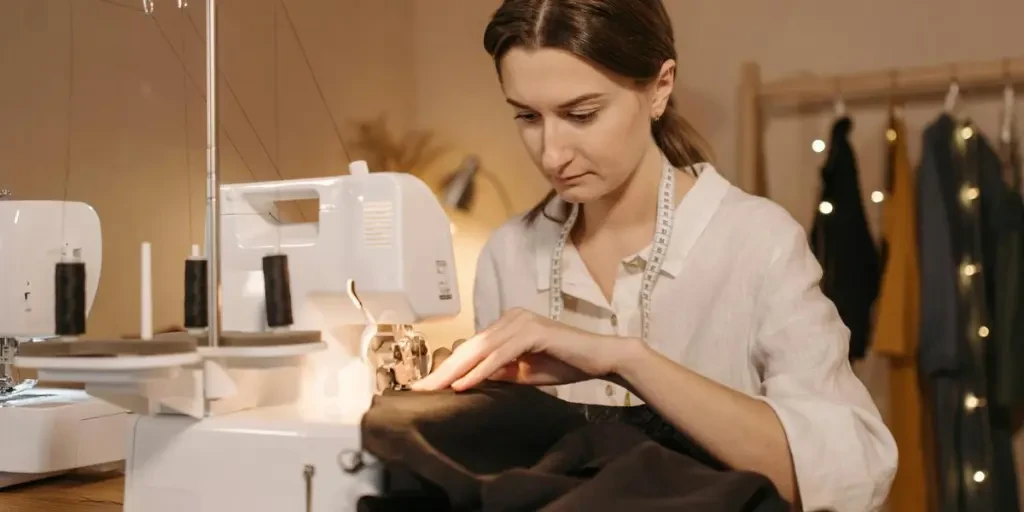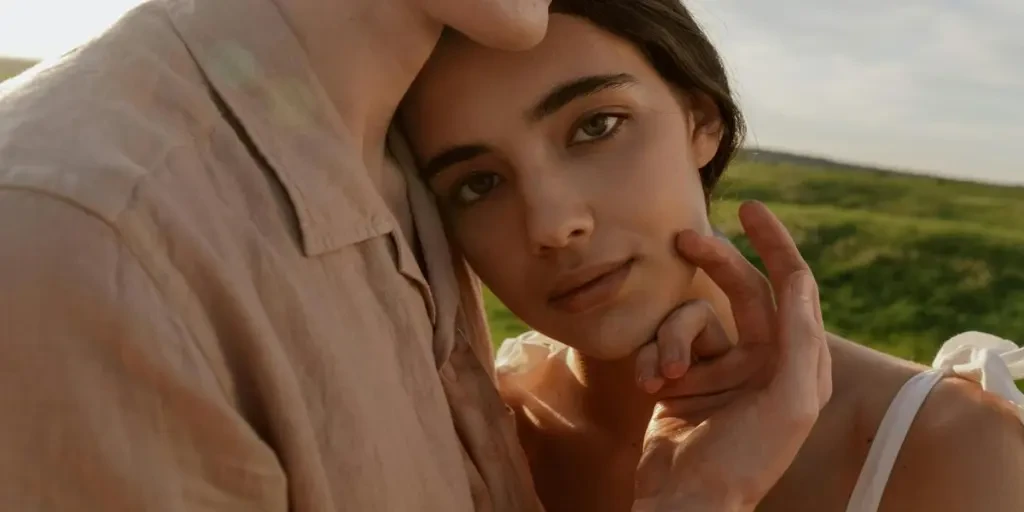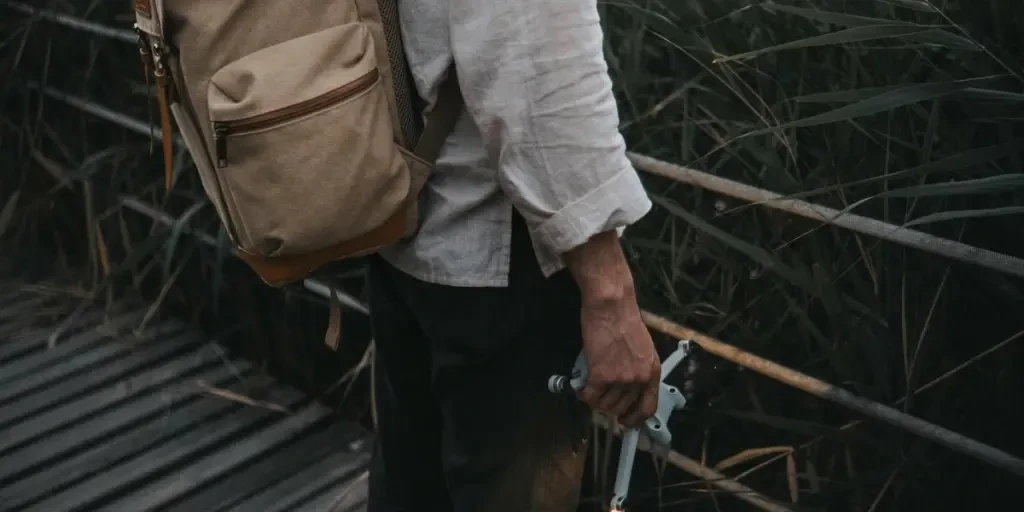Linen shirts have long been a staple in wardrobes around the world, known for their breathability, durability, and timeless appeal. As fashion trends evolve, linen shirts are experiencing a resurgence, driven by a growing demand for sustainable and versatile clothing options. This article delves into the global market for linen shirts, highlighting key players, emerging markets, and growth opportunities.
Table of Contents:
-Market Overview
-Global Demand for Linen Shirts
-Key Players in the Linen Shirt Market
-Emerging Markets and Growth Opportunities
-The Versatility of Linen Shirts
-Materials and Fabrics: What Makes Linen Unique
-Design and Cut: From Casual to Formal
-Color and Patterns: Trends to Watch
-Comfort and Functionality
-Breathability and Comfort: Why Linen is Ideal for Warm Weather
-Durability and Maintenance: Long-lasting and Easy to Care For
-Versatile Uses: From Beachwear to Office Attire
-Cultural Influence and Heritage
-Historical Significance of Linen in Fashion
-Regional Variations and Styles
-Modern Interpretations and Innovations
-Price and Market Positioning
-Cost Factors: What Influences the Price of Linen Shirts
-Market Segmentation: Targeting Different Consumer Groups
-Conclusion
Market Overview

Global Demand for Linen Shirts
The global demand for linen shirts has been on a steady rise, driven by a shift towards sustainable and eco-friendly fashion. According to WGSN, linen shirts are expected to experience ongoing growth, albeit at a decelerating pace. This trend is particularly evident in regions like the US and UK, where the market for linen shirts is expanding, but at a slower rate compared to previous years. The increasing awareness of the environmental impact of fast fashion has led consumers to seek out more sustainable options, with linen being a top choice due to its natural and biodegradable properties.
Key Players in the Linen Shirt Market
Several key players dominate the linen shirt market, each bringing their unique style and innovation to the table. Brands like Paige Denim, Orlebar Brown, and Rodd & Gunn have established themselves as leaders in the industry, offering high-quality linen shirts that cater to a diverse range of consumers. These brands focus on incorporating sustainable practices into their production processes, using eco-friendly materials and dyes. Additionally, they emphasize the importance of craftsmanship and attention to detail, ensuring that their linen shirts are not only stylish but also durable and long-lasting.
Emerging Markets and Growth Opportunities
Emerging markets present significant growth opportunities for the linen shirt industry. Regions such as Asia-Pacific and Latin America are witnessing a surge in demand for linen apparel, driven by rising disposable incomes and a growing middle class. According to TrendCurve AI, the linen shirt market in these regions is expected to grow at a faster rate compared to more mature markets like the US and Europe. This growth is further fueled by the increasing popularity of casual and relaxed fashion trends, which align well with the natural and breathable qualities of linen.
In addition to regional growth, there are also opportunities for innovation within the linen shirt market. Brands are exploring new design strategies, such as incorporating jacquards and weave patterns to add texture and elegance to their pieces. Colors and patterns are also evolving, with summery hues like gelato pastels gaining commercial appeal. Sustainable linen and bast fibers continue to gain traction, as consumers prioritize eco-friendly options in their purchasing decisions.
The Versatility of Linen Shirts

Materials and Fabrics: What Makes Linen Unique
Linen, derived from the flax plant, is a fabric that has been cherished for centuries due to its unique properties. Its natural fibers are known for their breathability, making it an ideal choice for warm weather. Linen’s ability to wick moisture away from the body ensures that wearers remain cool and comfortable even in the hottest climates. Additionally, linen is highly durable and becomes softer with each wash, enhancing its appeal over time. The fabric’s natural texture and slight sheen add a touch of elegance, making it suitable for both casual and formal attire.
Design and Cut: From Casual to Formal
Linen shirts are celebrated for their versatility in design and cut. They can effortlessly transition from casual to formal settings, depending on the styling. Casual linen shirts often feature relaxed fits, short sleeves, and open collars, making them perfect for beachwear or casual outings. On the other hand, formal linen shirts are tailored with precision, featuring structured collars, long sleeves, and button-up designs. These shirts can be paired with tailored trousers or blazers for a sophisticated look suitable for office wear or formal events. The adaptability of linen shirts in various designs ensures that they remain a staple in men’s wardrobes.
Color and Patterns: Trends to Watch
The color palette for linen shirts is diverse, ranging from classic neutrals to vibrant hues. According to a professional report, neutrals were the second-highest core color for tops in SS24, accounting for 28% of options. This trend is expected to continue, with linen shirts in shades of beige, white, and light blue being particularly popular. Additionally, designers are experimenting with patterns and textures to add a contemporary twist to traditional linen shirts. Mosaic checks, abstract prints, and stenciled blooms are some of the patterns gaining traction. The use of sheer fabrics and varying degrees of opacity also adds a modern touch, allowing for creativity and self-expression.
Comfort and Functionality

Breathability and Comfort: Why Linen is Ideal for Warm Weather
Linen’s breathability is one of its most significant advantages, making it an ideal fabric for warm weather. The natural fibers allow air to circulate freely, preventing the buildup of heat and moisture. This property ensures that linen shirts remain comfortable even in high temperatures. The fabric’s ability to absorb and release moisture quickly also contributes to its cooling effect. As a result, linen shirts are a popular choice for summer wardrobes, providing both comfort and style.
Durability and Maintenance: Long-lasting and Easy to Care For
Linen is renowned for its durability, with the fabric’s strength increasing when wet. This makes linen shirts long-lasting and resistant to wear and tear. Additionally, linen becomes softer and more comfortable with each wash, enhancing its appeal over time. Maintenance of linen shirts is relatively straightforward, as they can be machine washed and air-dried. While linen is prone to wrinkling, this characteristic is often embraced as part of its natural charm. For those who prefer a more polished look, a quick iron can easily smooth out any creases.
Versatile Uses: From Beachwear to Office Attire
The versatility of linen shirts extends beyond their design and cut. They are suitable for a wide range of occasions, from casual beachwear to formal office attire. For a relaxed, beach-ready look, linen shirts can be paired with shorts and sandals. In contrast, for a more formal setting, linen shirts can be worn with tailored trousers and blazers. The fabric’s natural texture and elegant drape make it a versatile choice that can be dressed up or down to suit any occasion.
Cultural Influence and Heritage

Historical Significance of Linen in Fashion
Linen has a rich history in fashion, dating back thousands of years. It was one of the first fabrics to be woven by humans, with evidence of its use found in ancient Egyptian tombs. Linen was highly prized for its durability, breathability, and luxurious feel. Over the centuries, it has remained a staple in fashion, symbolizing elegance and sophistication. The historical significance of linen continues to influence modern fashion, with designers drawing inspiration from its timeless appeal.
Regional Variations and Styles
Linen shirts have been embraced by various cultures around the world, each adding their unique touch to the fabric. In Europe, linen has long been associated with summer fashion, with countries like Italy and France leading the way in stylish linen designs. The Italian Riviera, in particular, has become synonymous with linen shirts, with tailored cuts and sophisticated styles dominating the fashion scene. In Asia, linen is often used in traditional garments, with intricate embroidery and patterns adding a cultural flair. These regional variations highlight the versatility and global appeal of linen shirts.
Modern Interpretations and Innovations
Modern designers are continually finding new ways to reinterpret and innovate with linen. The #RefinedResort movement, for example, has seen designers create individualized and specific styles that reflect their unique handwriting. High-lustre fabrics, sheer textures, and reworked designs are some of the contemporary trends that are redefining linen shirts. These innovations ensure that linen remains relevant in the ever-evolving fashion landscape, offering fresh and exciting options for consumers.
Price and Market Positioning

Cost Factors: What Influences the Price of Linen Shirts
Several factors influence the price of linen shirts, including the quality of the fabric, the complexity of the design, and the brand’s reputation. High-quality linen, which is softer and more durable, tends to be more expensive. Additionally, intricate designs and tailored cuts require more time and skill, contributing to higher costs. Brand reputation also plays a significant role, with luxury brands commanding premium prices for their linen shirts. Despite these factors, linen shirts are available at various price points, catering to different consumer budgets.
Market Segmentation: Targeting Different Consumer Groups
Linen shirts cater to a diverse range of consumer groups, from budget-conscious shoppers to luxury buyers. Affordable options are available at fast fashion retailers, offering stylish designs at accessible prices. Mid-range brands provide higher quality linen shirts with more attention to detail, appealing to consumers seeking a balance between quality and affordability. Luxury brands, on the other hand, offer premium linen shirts with exquisite craftsmanship and exclusive designs. This market segmentation ensures that linen shirts remain accessible to a wide audience.
Conclusion
Linen shirts continue to be a versatile and timeless choice in the apparel industry, offering a unique blend of comfort, style, and durability. As fashion trends evolve, linen remains a staple fabric, with designers continually finding new ways to innovate and reinterpret its classic appeal. Looking ahead, the demand for linen shirts is expected to grow, driven by their adaptability to various occasions and their enduring charm. For business buyers, investing in linen shirts presents an opportunity to cater to a wide range of consumer preferences, ensuring a timeless and versatile addition to any wardrobe.




